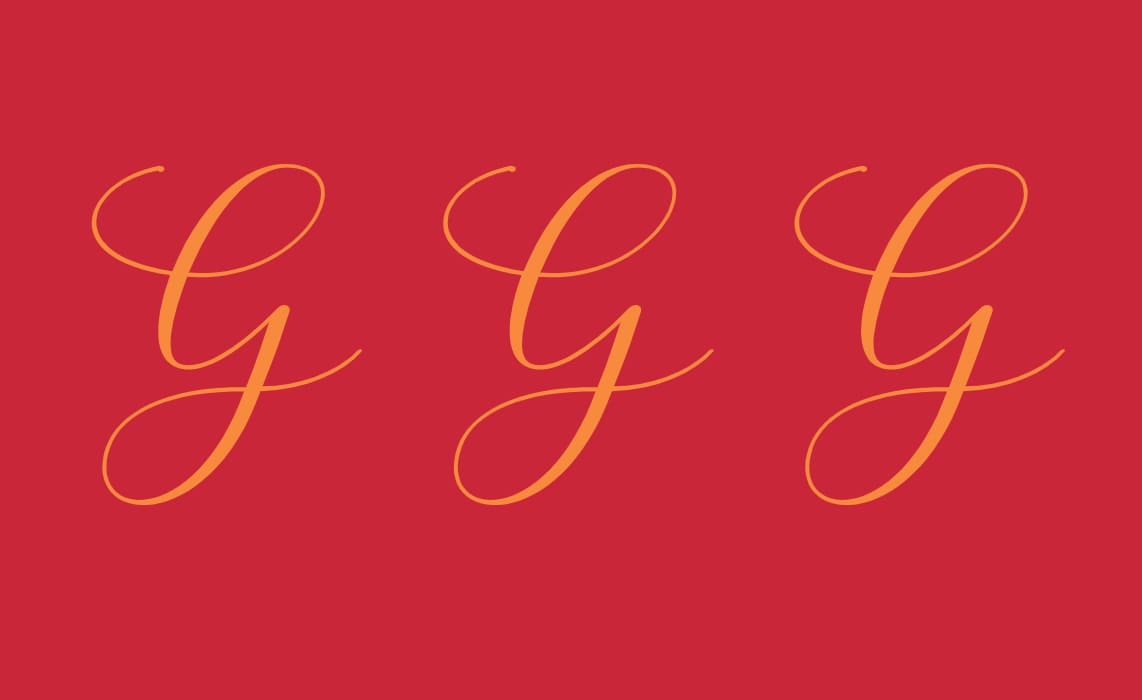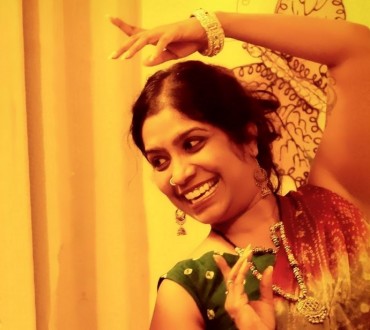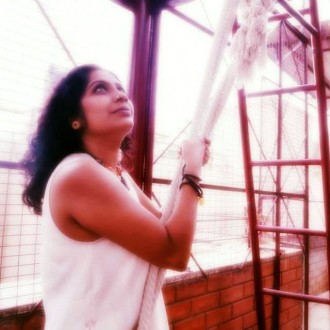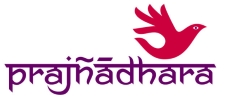However my beginnings with experiencing the arts as therapy and healing began a few years ago, experiences of my life, the journey of and with my life partner, the unlearnings with my two daughters all of this seemed to find its rhythm in the untold stories these children created each day, in the melody of a calling , in the tempo of the dance that prompted me to break barriers and look beyond the conventional. This marked the beginning of looking at learning differently. I was not the model child but a gifted one who has dabbled with a gamut of subjects, each enriching me further and grooming me for what lay ahead. My strength lies in my belief that I can reach out to the good in everyone.
When I started working with children with disabilities I was much clueless on what any of these names like Autism, ADHD, PDD, LD meant. My knowledge of this would have been as much as I could understand from movies like a I am Sam , Taaze Zameen Par or My name is Khan. Guess what helped me the most is not knowing what they meant as the starting point for me was from not data I read, studied or collected, but from where each child who walked into my life led me.
And that is the vision with which I set up Snehadhara Foundation — the first and only Centre in India that uses ABT as the primary methodology to work with children and adults with disabilities. For over a decade along with a team of like-minded individuals, I have been pioneering effective ways to bridge developmental deficits in the space of education, and weave inclusion into the mainstream world. I have always been clear about wanting to spend time with children with special needs, learn of a world that does not discriminate, a people who love you for who you are and not what you do; who are not quick to judge, but rather quick to embrace.


Your every inhale is like the whisper of a pen over paper. Your every smile is a splash of color on a canvas, and each endeavor is like a spin of the potter’s wheel. You are an artist and your life is your art.
-Christen Rodgers
While Snehadhara Foundation is the culmination of the drive to fulfil that belief, it is also something that mirrors my personal life. My choice for life partner and our combined parenting skills, reflect the notion that equanimity and the love for the arts can together change the world. As a family we strive towards making our lives reflect our beliefs and efforts in the choices that we make for ourselves and the cause we espouse together.
Every child that I have worked with is a story teller, who has a story of solutions, a story of possibilities, and a story of empowerment. Through the past decade and a half, I have mentored and trained educators, special educators, therapists, teachers across organisations in India. Empathy, Compassion and the Arts are all we need to make the world not just a better place, but shape individuals who will but pay it forward.
To create is to live. And to live is to create.
That is the magic of the Arts.
You don’t need to be a celebrity; you need to be a celebrator of life.
I was introduced to the Arts and the techniques of Arts early on. While working with children in learning centres and with youth in colleges, I found the strength of integrating creative processes into learning. However my beginnings with experiencing the arts as therapy and healing began a few years ago; experiences of my life, my work with various groups, my interactions with parents of children prompted me to start on this journey of creating empathetic learning spaces.

Experience is not what happens to you; it’s what you do with what happens to you.
–Aldous Huxley
I believe the combination of love and empathy is the only unifying and empowering denominator and one cannot ignore its potential to bring about balance and deeper meaning to human existence.
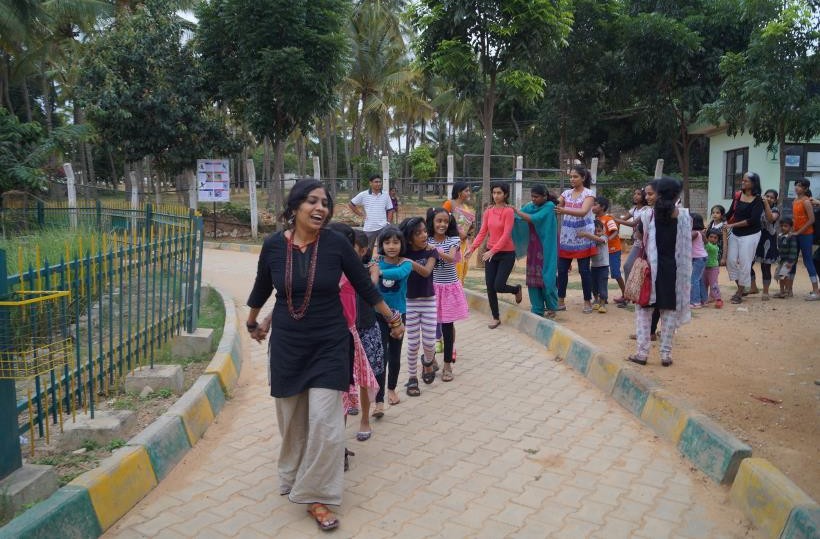

In 2010, I set up the first Arts Based Therapy (ABT) Centre for children with Special Needs in Bangalore. The experiences I gained from there got me to set up Snehadhara Foundation, a registered non-profit organization based in Bangalore that works with children and adults who are differently-abled, their caregivers and families. As an ABT Practitioner and ABT Educator trained by WCCLF, Pune I have trained over 1000 teachers in the past few years and the impact of my work has touched the lives of about 15,000 children across populations.
I am grateful to my mentors and my teachers, as well as the recognitions and accolades, which we’ve received, that has helped people to take note of what I do and what we can all do together.
- One of my most cherished moments early on in my journey was my talk ‘heART of the Matter’ at the prestigious TEDx platform, 2014
- Being a recipient of the Millennium Alliance Grant for the project Kala Samavesh -Inclusion and Education of Disabilities has allowed me to take my work to organisations across the country.
- I have been awarded as one among the 50 Most Impactful Social Innovators (Global Listing) by the World CSR Congress and Awards in 2016.
- As one among two artists to be awarded for the ‘Art in Education Program’ by the India Foundation for the Arts I was able to take my work to children in government schools as well.
- List of Awards
Unless diversity is welcomed, and relationships are consciously nurtured, there will be little change in the educational experience for children. Of course, policy and legislative change is desirable, specialist skills can be useful and a greater financial investment in schools would be excellent, but making the correct choices that are effective is critical.
I have dedicated my life to giving people a chance at an even playing field. It is an ongoing process but for me, even shattering the biases of one person through my efforts is an achievement. I don’t want to change the world by myself. I want the world to join me in my efforts because I believe compassion exists in each one of us who make this society. Inclusion for me is about everyone.
If building an inclusive society is to be sincere and productive, it has to be done between stakeholders who demonstrate mutual respect, and be capable of freely engaging; partners with a clear sense of others, but also of themselves. It seems to me that this sort of capacity or capability is also at the core of inclusion. If a society is inclusive, it is in the very least a society in which children can become all that they can be.
I am set out to create an ecosystem of people who will drivers of inclusion. As an individual working in the field of education, as an organisation, as a special needs adult/parent, as an institution, as a corporate house, as an NGO, as a policy maker, each one of us has a role to play in building this ecosystem. The enormity of the challenge cannot stop one from addressing it.
I believe that each one of us has a role to play in society and there is a change maker in every one of us. By respecting diversity, we harness the potential residing in societal diversity. That is a victory like none other.
Waves lapping on the shore.
Skies on fire at sunset.
Old men dancing on the streets.
Paradox and possibility.
Sense and sensibility.
Cold logic and half truth.
Final steps and first impressions.
Fools and fine intelligence.
Chaos and clean horizons.
Vague notions and concrete certainty.
Optimism in the face of adversity.
I’m alive, I believe in everything
I’m alive, I believe in it all.
– Lesley Choyce
Children and young adults look for spaces to just be and discover themselves. “Special needs” is not just a politically correct phrase; it is the recognition that “normal” is relative and needs are special in seemingly “normal people” too. It is the recognition that children are dynamic learners; there are more ways to educating children than just through logical and linguistic learning. It is important for learners of all ages to be engaged intellectually, emotionally, socially and soulfully.
Every child reminds me of the layers that I wear,
Of the masquerades and facades we adults share,
Of interconnectedness beyond petty barriers,
Of tenderness and beauty like that of flowers,
My gratitude to children all over the world,
My fervent wish – bring everyone into your fold!
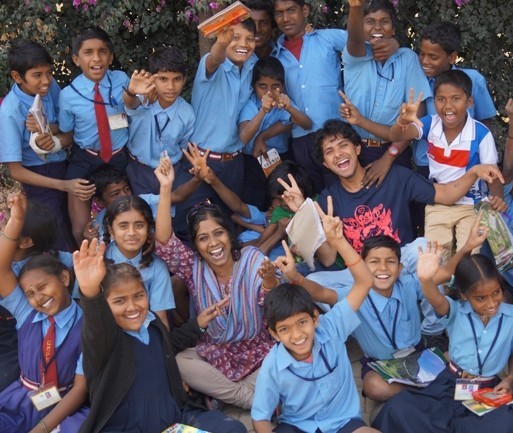
School systems have traditionally stressed the importance of teaching all children in a uniform manner. This has made it difficult for them to include those children who learn very differently. In fact, schools are belatedly recognizing that they are also leaving behind many students who are in class, but who too need to learn differently from the uniform approach that they’ve adopted. This stems from their lack of diversity in how these traditional systems see ‘learning’.
The core idea is to provide a scalable and credible alternative to address a growing need in society to work with and empower children with disabilities. Lack of inclusion in traditional learning systems, stemming from their lack of diversity in how these systems see ‘learning’ is particularly detrimental to those with learning disabilities, whose needs are often perceived to be therapeutic rather than for learning itself, albeit differently from other children.
My work with children stems from the belief that ALL children and young adults, regardless of disabilities, should have access to inclusive learning environments.
The Arts have an important role to play in achieving this.
The integration of holistic and innovative practices in the prevailing learning protocols is the need of the hour for improving existing services in education, for re-imagining learning facilitation in order to co –create empathetic receptive learner led classrooms. In re-imaging learning there twin advantages of (a) helping educational institutions to more effectively steer the learning of all their students, and (b) enabling them, in the process, to be more inclusive of children with learning disabilities. This brings both multiplier value and continuing proof. My work with educators and organisational heads is to achieve this.

The integration of holistic and innovative practices in the prevailing learning protocols is the need of the hour for improving existing services in education, for re-imagining learning facilitation in order to co –create empathetic receptive learner led classrooms. In re-imaging learning there twin advantages of (a) helping educational institutions to more effectively steer the learning of all their students, and (b) enabling them, in the process, to be more inclusive of children with learning disabilities. This brings both multiplier value and continuing proof. My work with educators and organisational heads is to achieve this.
